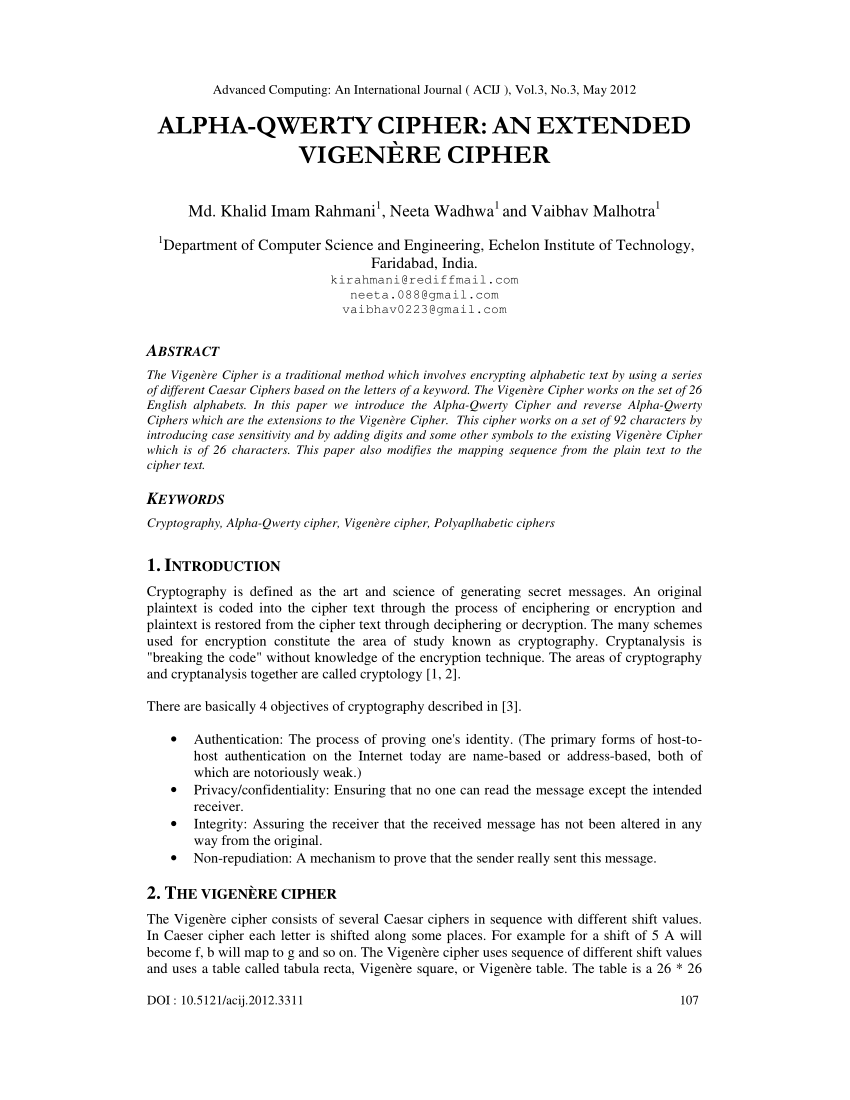



So how would we write code in the Go programming language to move a single letter (which, in our code, we will call a rune)? Each rune in Golang has a numerical Unicode value in fact, the rune data type is simply an alias for an int32. In regards to your first question, each letter should be shifted a number of spaces determined by the ASCII value of the corresponding code letter. I eliminated the problem with excess output. Of course, you can easily see how each of the letters has moved forwards one place in the alphabet: this is easiest to see in the case of the single letter A, which becomes B, as we predicted it would above. Please note that Ive revised my program since your post and have come somewhat closer to figuring out the eventual solution. So if you wanted to encode the phrase “THIS IS A TEST” using the cipher described above, the result would be “UIJT JT B UFTU”. Each letter gets shifted one or more places when encoded using a Caesar cipher. Chapter Introduction to Cryptography 1 Caesar Cipher 2 Affine Cipher 3 Vigenere Cipher 4 Autokey Cipher 5 Hill Cipher 6 Vermans Telegraph Cipher 7.


 0 kommentar(er)
0 kommentar(er)
